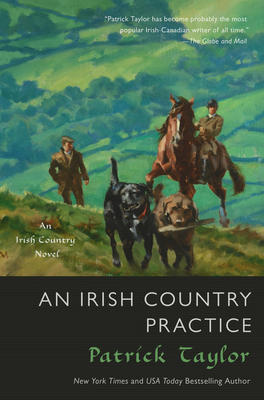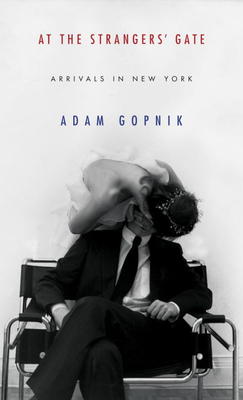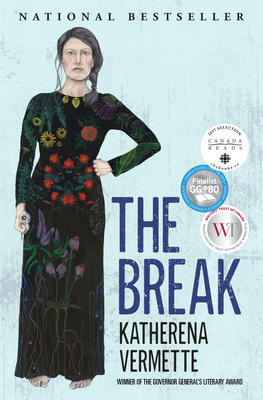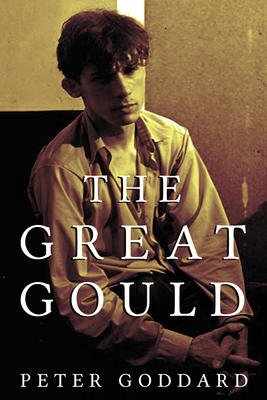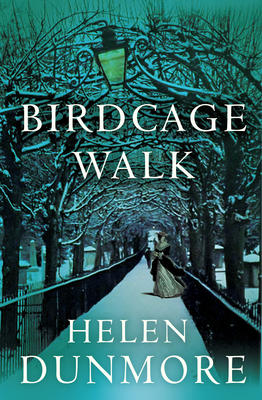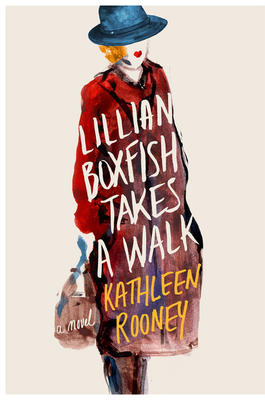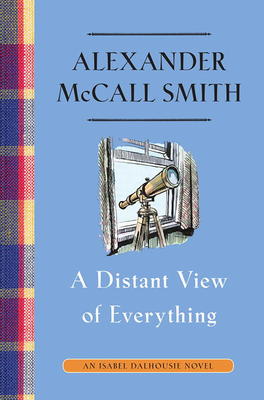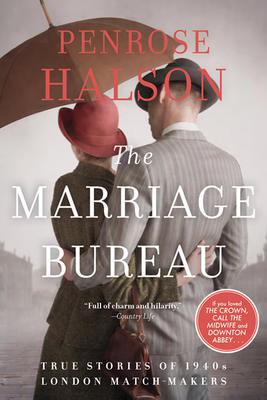In her debut collection of poetry, Marilyn Sargeant, a contemplative and introspective writer, as well as light-hearted and playful in her verses, presents her readers with both narrative and lyrical poetry that is innocent and explorative, as well as dark and brooding—touching upon topics which have stood the test of time in their truth and importance for contemporary audiences. Her narrator observes all that is around her, often in wonderment. Her gaze at the universe as she experiences it translates directly to her pen as though her eyes were an all-seeing lens—taking everything in.
Life experiences, real or imagined, blend seamlessly with Marilyn Sargeant’s observations and more troubling accounts of society gone awry. Ms. Sargeant asks us to question our own behaviours, beliefs, and our treatment of the environment—particularly our natural world, which she reveres in a way that is akin to some of the great Romantics.
Venturing deeper into human experience, the poet explores themes such as mortality and inner conflict, speaking plainly and simply, yet without sacrificing depth. She asks us to look beyond the surface and to examine the layers of our understanding(s) of the way things are, and perhaps the way they could be.
Further, Ms. Sargeant’s metaphor of rooms is threaded throughout her collection. She likens a waiting room to society’s shifts and changes—not always for the better, mind you—the rooms representing a glimpse of modern life. She reminds us that life is an aggregation of moments, beautiful and painful, all of which make up our “rooms.” The nostalgia of past seasons, the familiar landscapes and soft breezes of our youth, the cages in which we are trapped in our dark hours—these “rooms” are explored elegantly by Ms. Sargeant’s nimble and clever narrator. And, there is just enough spice to keep the reader on his or her toes.
Throughout her collection, Ms. Sargeant articulates what it means to investigate our external and internal worlds—our waiting rooms. She has created a volume of finely crafted poetry which speaks to all of us, and which extends her (his) stories into our own. We can relate since, in so many ways, we share the same room. Visitors may come and go, but our room remains ours to tend to, to care for, and to appreciate in all its beauty and simplicity.
Reviewed by Anna Grace, B.A.H. Eng. Lit., M.Ed.
 This is a stunning book on the history of ballet as it played out in the tumultuous years of early 20th century Europe.
This is a stunning book on the history of ballet as it played out in the tumultuous years of early 20th century Europe. This is a stunning book on the history of ballet as it played out in the tumultuous years of early 20th century Europe.
This is a stunning book on the history of ballet as it played out in the tumultuous years of early 20th century Europe.